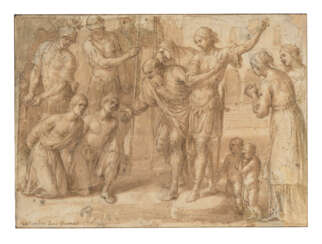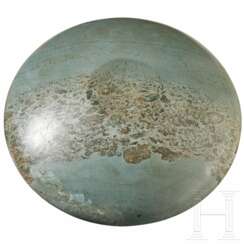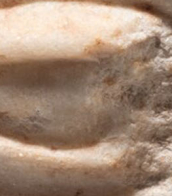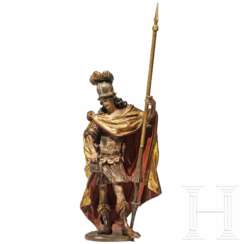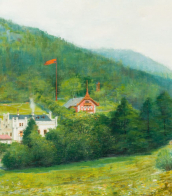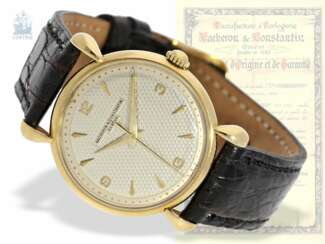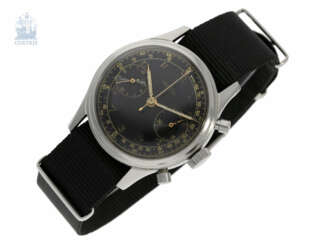649
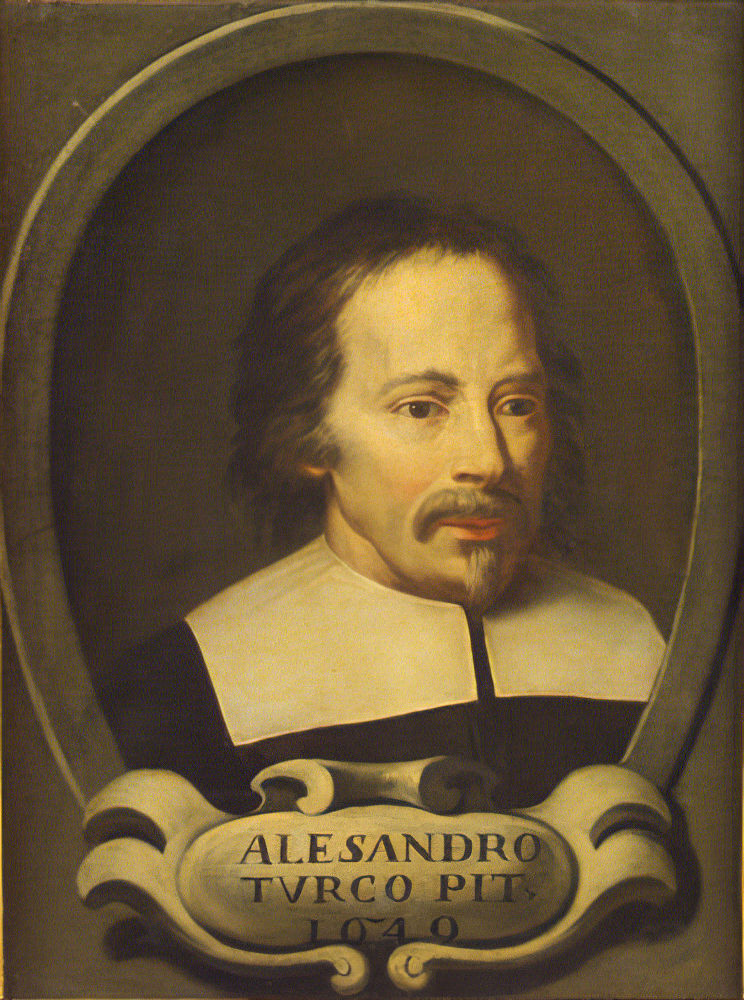
Alessandro Turchi was an Italian painter of the early Baroque, born and active mainly in Verona, and moving late in life to Rome. He also went by the name Alessandro Veronese or the nickname L'Orbetto. His style has been described as soft and Caravaggesque at the same time.
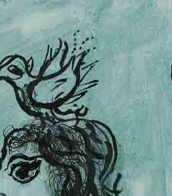
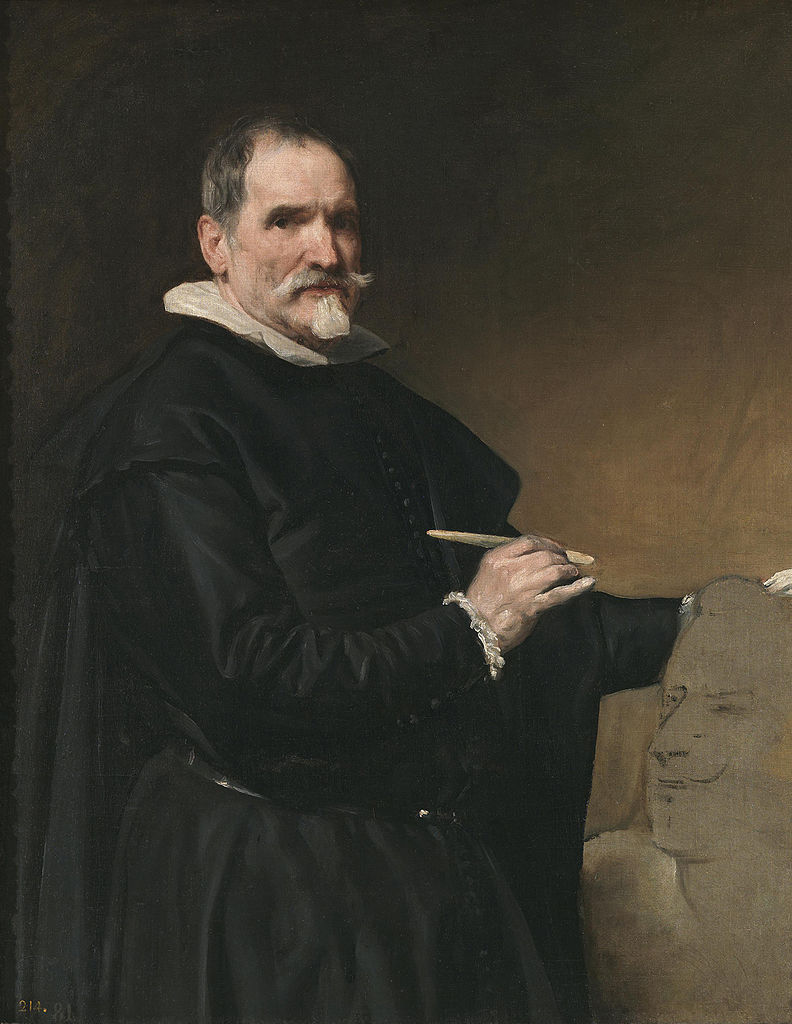
Juan Martínez Montañés, born on March 16, 1568, in Alcalá la Real, Jaén, Spain, and passing away on June 18, 1649, was a luminary of the Spanish Baroque sculpture scene, heralded as "el Dios de la Madera" (the God of Wood) for his unrivaled mastery in wood carving. His contributions significantly shaped the Sevillian school of sculpture, where he introduced the innovative encarnación technique, imbuing his wooden sculptures with lifelike skin tones.
Montañés is celebrated for his exceptional naturalism and precision in depicting human anatomy, setting him apart from many contemporaries. His works, characterized by their graceful forms and devout expressions, often encapsulated the religious fervor of the era. Notable pieces include the highly revered 'Saint John the Baptist', showcased at The Metropolitan Museum of Art, and 'Cristo de la Clemencia', housed in the Seville Cathedral, each illustrating his skillful handling of wood and keen attention to anatomical detail.
Throughout his life, Montañés enjoyed significant acclaim, not only within Spain but also internationally, with some of his works making their way to the Spanish Americas. This broad recognition is a testament to his influence on and contribution to the Baroque artistic movement. His legacy persisted through his students, including notable figures such as Juan de Mesa, and through his son, Alonzo Martínez, ensuring the continuation of his stylistic and technical innovations in sculpture.
For collectors and art and antiques enthusiasts, Montañés's works remain pivotal, embodying the spiritual and artistic zeitgeist of 17th-century Spain. His sculptures are not just artistic marvels but also cultural artifacts that offer insights into the era's religious and social contexts.
To stay informed about exhibitions featuring Juan Martínez Montañés's works or upcoming auction events related to this pivotal figure in Baroque sculpture, consider signing up for updates. This subscription ensures you're always in the know about opportunities to engage with Montañés's enduring legacy.
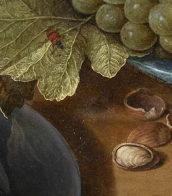

Alessandro Turchi was an Italian painter of the early Baroque, born and active mainly in Verona, and moving late in life to Rome. He also went by the name Alessandro Veronese or the nickname L'Orbetto. His style has been described as soft and Caravaggesque at the same time.
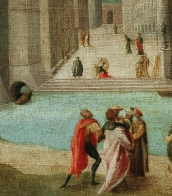
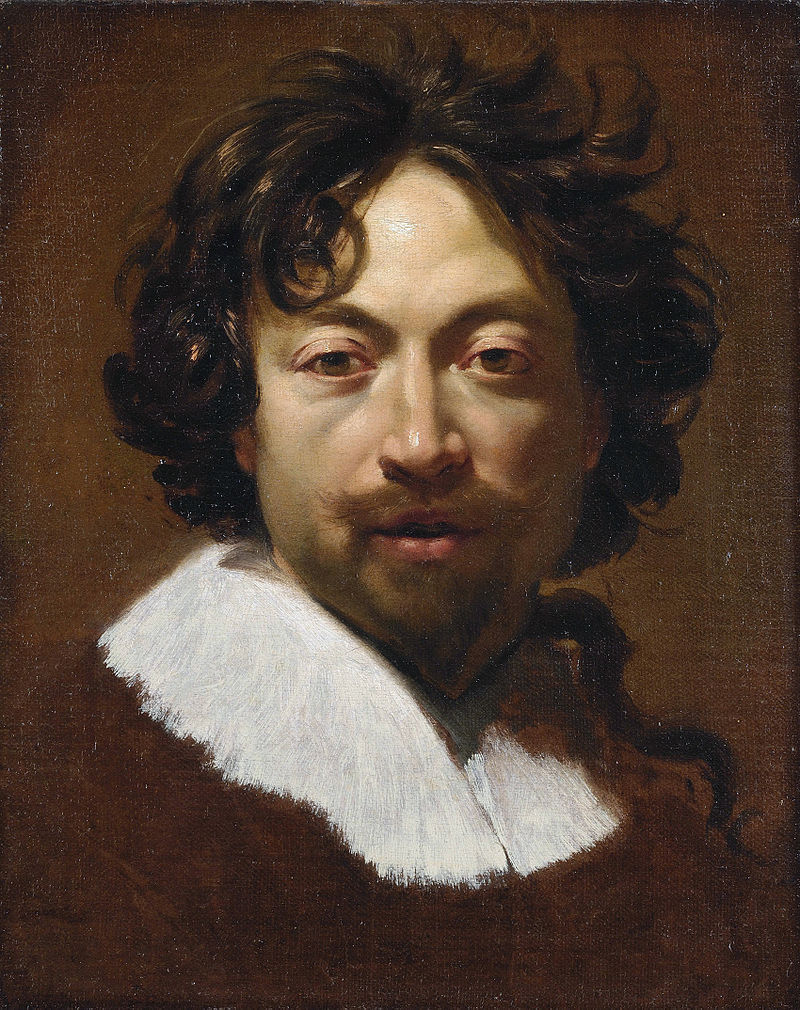
Simon Vouet was a French painter who studied and rose to prominence in Italy before being summoned by Louis XIII to serve as Premier peintre du Roi in France. He and his studio of artists created religious and mythological paintings, portraits, frescoes, tapestries, and massive decorative schemes for the king and for wealthy patrons, including Richelieu. During this time, "Vouet was indisputably the leading artist in Paris," and was immensely influential in introducing the Italian Baroque style of painting to France. He was also "without doubt one of the outstanding seventeenth-century draughtsmen, equal to Annibale Carracci and Lanfranco."


Simon Vouet was a French painter who studied and rose to prominence in Italy before being summoned by Louis XIII to serve as Premier peintre du Roi in France. He and his studio of artists created religious and mythological paintings, portraits, frescoes, tapestries, and massive decorative schemes for the king and for wealthy patrons, including Richelieu. During this time, "Vouet was indisputably the leading artist in Paris," and was immensely influential in introducing the Italian Baroque style of painting to France. He was also "without doubt one of the outstanding seventeenth-century draughtsmen, equal to Annibale Carracci and Lanfranco."
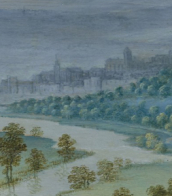

Alessandro Varotari, commonly known as Il Padovanino, was an influential Italian painter from the late-Mannerist and early-Baroque Venetian school. Born in Padua in 1588, Varotari's artistic journey was deeply influenced by his father, Dario Varotari the Elder, a local painter and architect. His works exhibit a profound influence of Titian, reflecting a faithful adherence to the style and spirit of the Renaissance master throughout his career.
Padovanino's move to Venice in 1614 marked a significant phase in his career, where his narrative ability and sensuality in painting were highly regarded. Notable for his talents as a copyist, Padovanino also earned recognition for his original works, which are characterized by their narrative depth and expressive sensuality. His pupils included renowned artists like Pietro Liberi and Giulio Carpioni, highlighting his role as a mentor in the Venetian art scene.
His paintings, such as "The Incredulity of St. Thomas" and "Virgin and Child," demonstrate his meticulous approach to composition and detail, making significant contributions to the art world that lasted well into the seventeenth century. Varotari's works can be found in various prestigious collections, including the Gallerie dell'Accademia in Venice and the Brera Gallery in Milan, underscoring his lasting legacy in the realm of Italian art.
For art collectors and enthusiasts seeking to delve deeper into the world of Italian Mannerist and Baroque painting, Alessandro Varotari's oeuvre offers a fascinating exploration of narrative, technique, and stylistic evolution. His commitment to capturing the essence of his subjects, coupled with his ability to blend tradition with innovation, ensures his place among the notable figures in art history.
For art collectors and experts interested in Alessandro Varotari's works, this is your opportunity to deepen your appreciation and understanding of his art. By signing up for updates, you'll receive exclusive information about new sales, auctions, and exhibitions related to Varotari's masterpieces. Don't miss the chance to enhance your collection with the works of this distinguished Italian painter. Sign up now and stay informed about the latest opportunities to acquire pieces of Varotari's legacy.


Simon Vouet was a French painter who studied and rose to prominence in Italy before being summoned by Louis XIII to serve as Premier peintre du Roi in France. He and his studio of artists created religious and mythological paintings, portraits, frescoes, tapestries, and massive decorative schemes for the king and for wealthy patrons, including Richelieu. During this time, "Vouet was indisputably the leading artist in Paris," and was immensely influential in introducing the Italian Baroque style of painting to France. He was also "without doubt one of the outstanding seventeenth-century draughtsmen, equal to Annibale Carracci and Lanfranco."
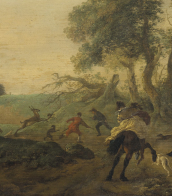

Alessandro Turchi was an Italian painter of the early Baroque, born and active mainly in Verona, and moving late in life to Rome. He also went by the name Alessandro Veronese or the nickname L'Orbetto. His style has been described as soft and Caravaggesque at the same time.
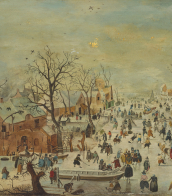

Alessandro Turchi was an Italian painter of the early Baroque, born and active mainly in Verona, and moving late in life to Rome. He also went by the name Alessandro Veronese or the nickname L'Orbetto. His style has been described as soft and Caravaggesque at the same time.
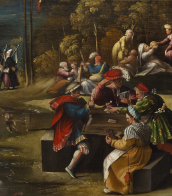
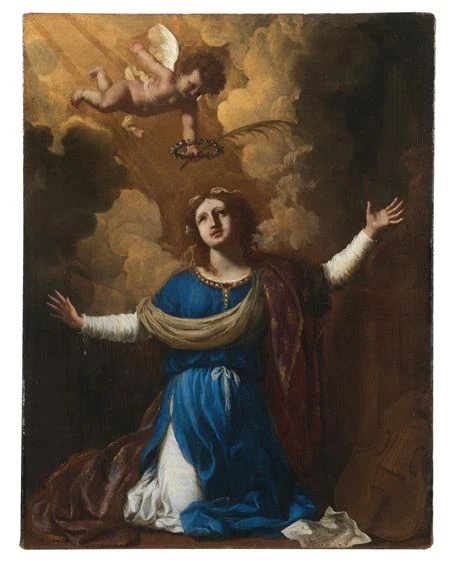
Charles Mellin, a distinguished French painter of the Baroque era, made a significant mark in the art world with his murals and frescoes. Originating from Nancy, Lorraine, Mellin's artistic journey flourished in Italy, earning him the nickname "Charles the Lorrainer."
Charles Mellin's contributions to art are notable for their depth and complexity. He was deeply involved in decorating the Chapel of the Virgin at San Luigi dei Francesi in Rome and competed with renowned artists like Nicolas Poussin and Giovanni Lanfranco for such prestigious commissions. His works are characterized by their meticulous attention to detail and the evocative use of light and shadow, hallmarks of Baroque artistry.
His portfolio spans various themes and subjects, from religious depictions like "The Stoning of Saint Stephen" housed in the église Saint-Etienne in Caen to mythological figures and historical events. Charles Mellin's art resonates with the vibrancy of the era and showcases his adeptness at conveying emotion and narrative through canvas and fresco.
For art collectors and aficionados, Charles Mellin's works offer a glimpse into the rich tapestry of Baroque art, reflecting the period's cultural and artistic dynamism. His pieces, found in prestigious collections and museums, continue to captivate and inspire, underscoring his lasting legacy in the art world.
Sign up to receive the latest updates on Charles Mellin's art pieces in sales and auction events. This subscription is your gateway to explore and possibly acquire masterpieces by Mellin, ensuring you stay connected to the pulse of the art and antique world.
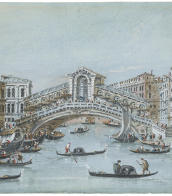
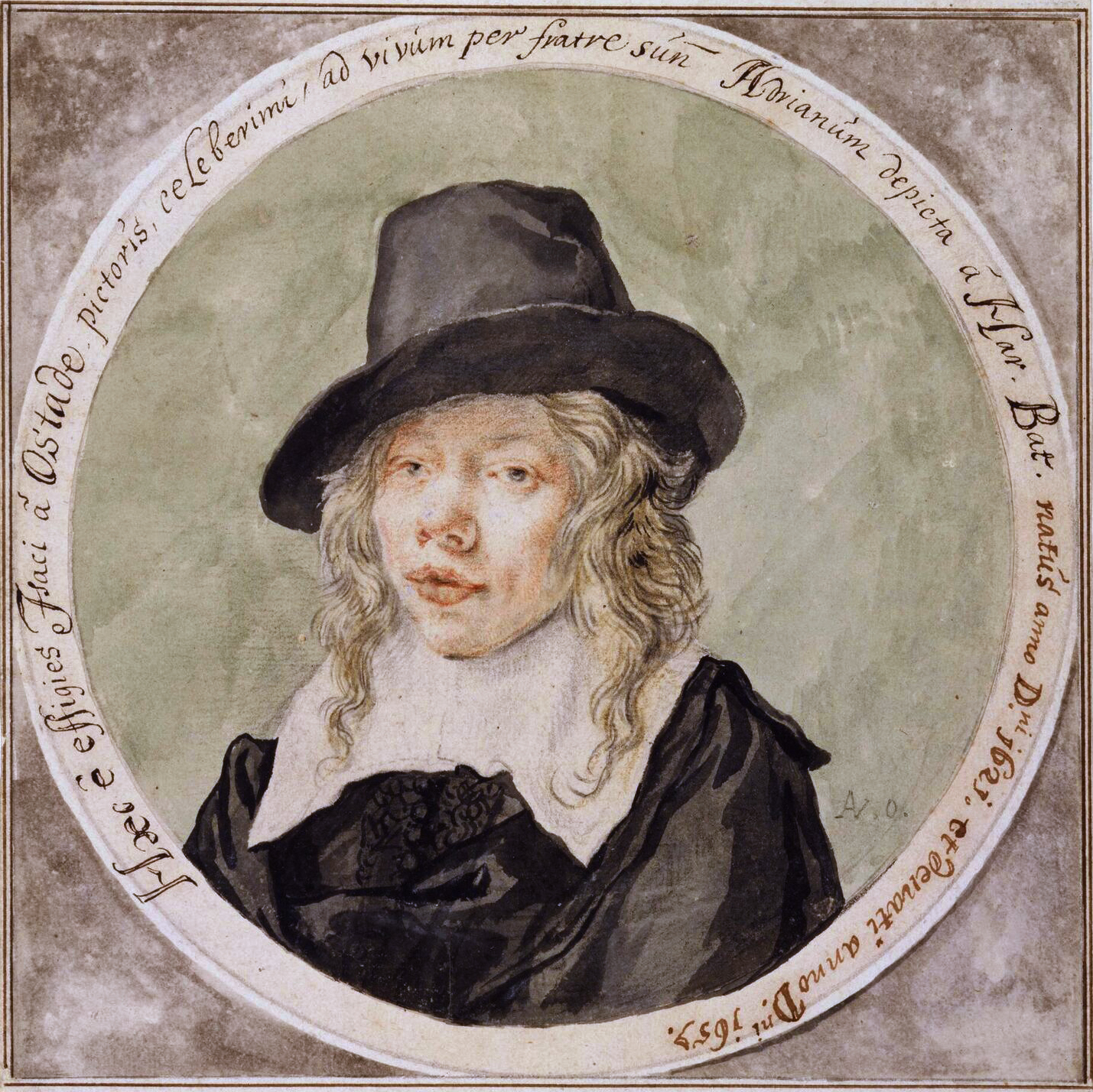
Isaac van Ostade was a Dutch painter. He was the brother and pupil of Adriaen van Ostade, who influenced his first works. Despite his short lifespan, he left around 100 paintings which deal with motifs similar to those of his brother, with whom they are often confused. They depict battles and rural scenes. After 1640 his pictures show rural life on the streets and inn scenes. The figures now increasingly take center stage in his paintings.
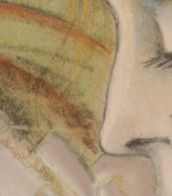

Alessandro Turchi was an Italian painter of the early Baroque, born and active mainly in Verona, and moving late in life to Rome. He also went by the name Alessandro Veronese or the nickname L'Orbetto. His style has been described as soft and Caravaggesque at the same time.
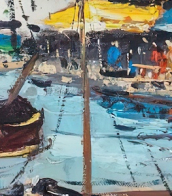

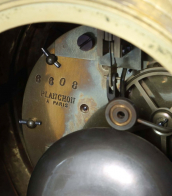

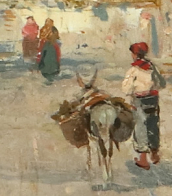

Simon Vouet was a French painter who studied and rose to prominence in Italy before being summoned by Louis XIII to serve as Premier peintre du Roi in France. He and his studio of artists created religious and mythological paintings, portraits, frescoes, tapestries, and massive decorative schemes for the king and for wealthy patrons, including Richelieu. During this time, "Vouet was indisputably the leading artist in Paris," and was immensely influential in introducing the Italian Baroque style of painting to France. He was also "without doubt one of the outstanding seventeenth-century draughtsmen, equal to Annibale Carracci and Lanfranco."


Simon Vouet was a French painter who studied and rose to prominence in Italy before being summoned by Louis XIII to serve as Premier peintre du Roi in France. He and his studio of artists created religious and mythological paintings, portraits, frescoes, tapestries, and massive decorative schemes for the king and for wealthy patrons, including Richelieu. During this time, "Vouet was indisputably the leading artist in Paris," and was immensely influential in introducing the Italian Baroque style of painting to France. He was also "without doubt one of the outstanding seventeenth-century draughtsmen, equal to Annibale Carracci and Lanfranco."
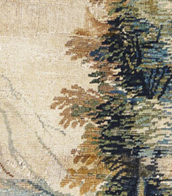

Alessandro Turchi was an Italian painter of the early Baroque, born and active mainly in Verona, and moving late in life to Rome. He also went by the name Alessandro Veronese or the nickname L'Orbetto. His style has been described as soft and Caravaggesque at the same time.
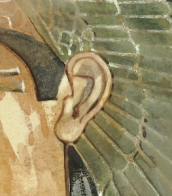
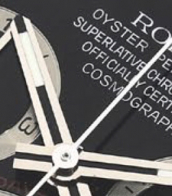

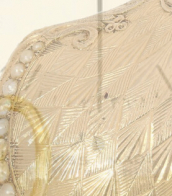
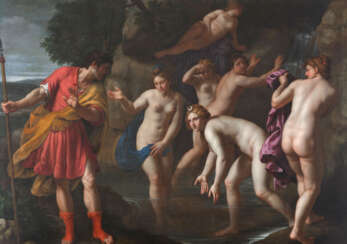

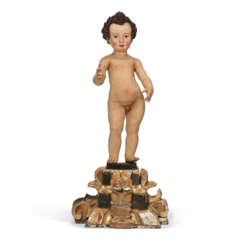

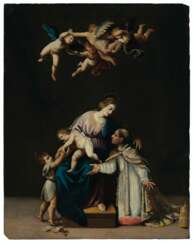

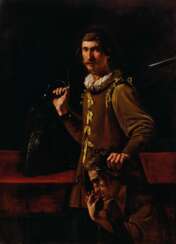

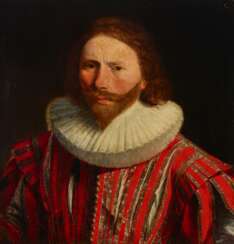



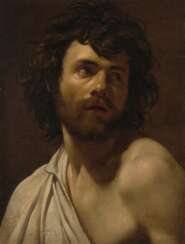



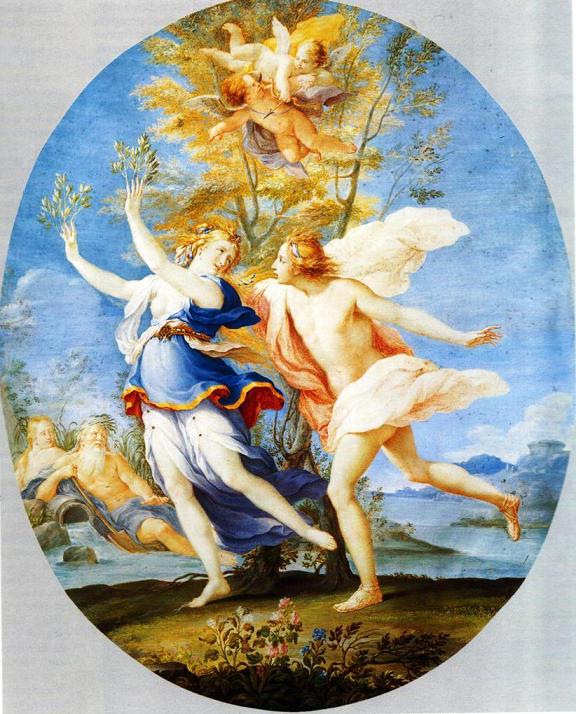
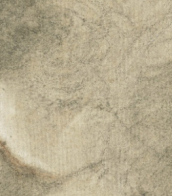
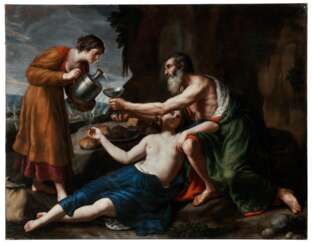

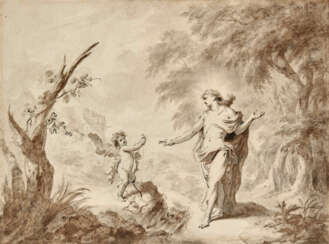


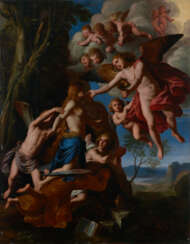

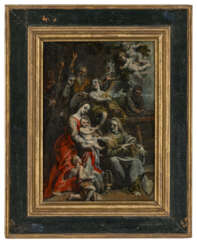

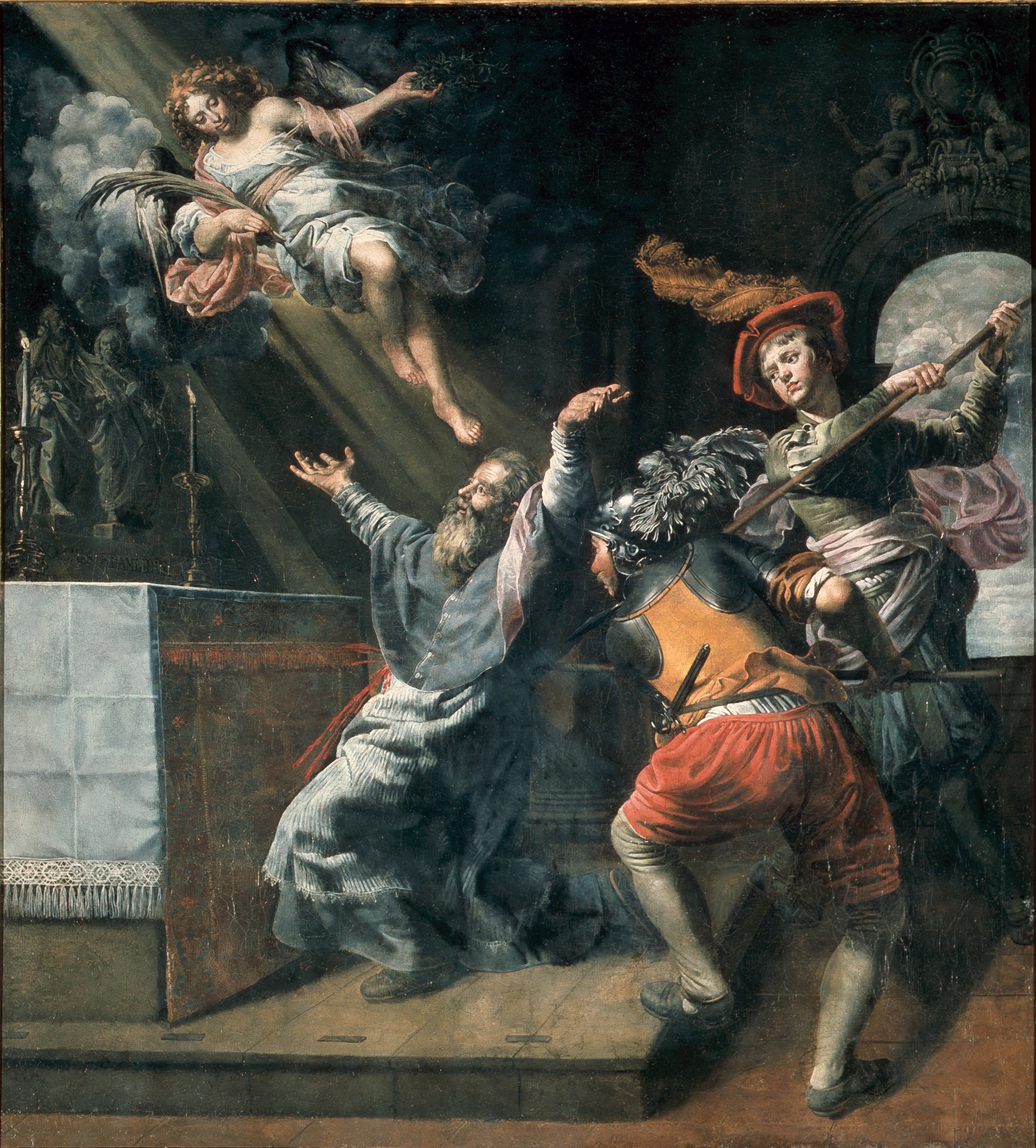
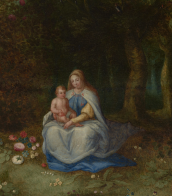


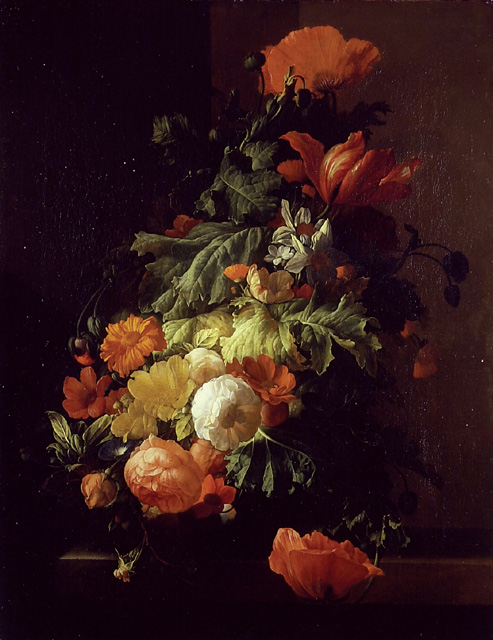
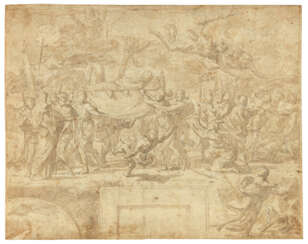



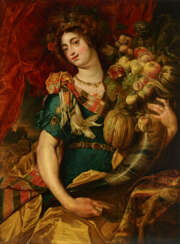

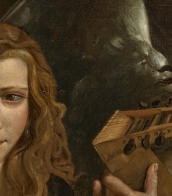
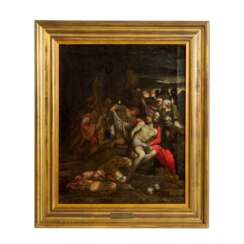

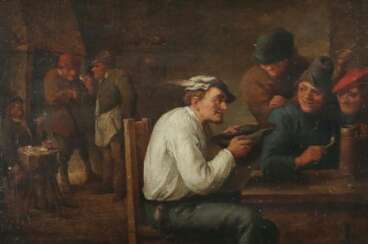

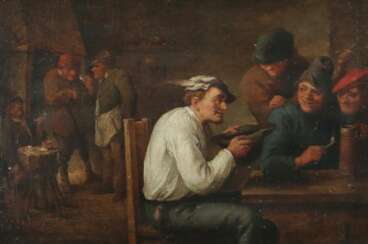

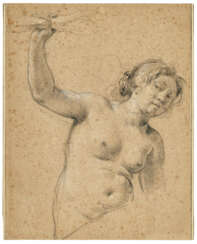

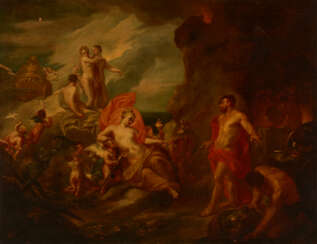

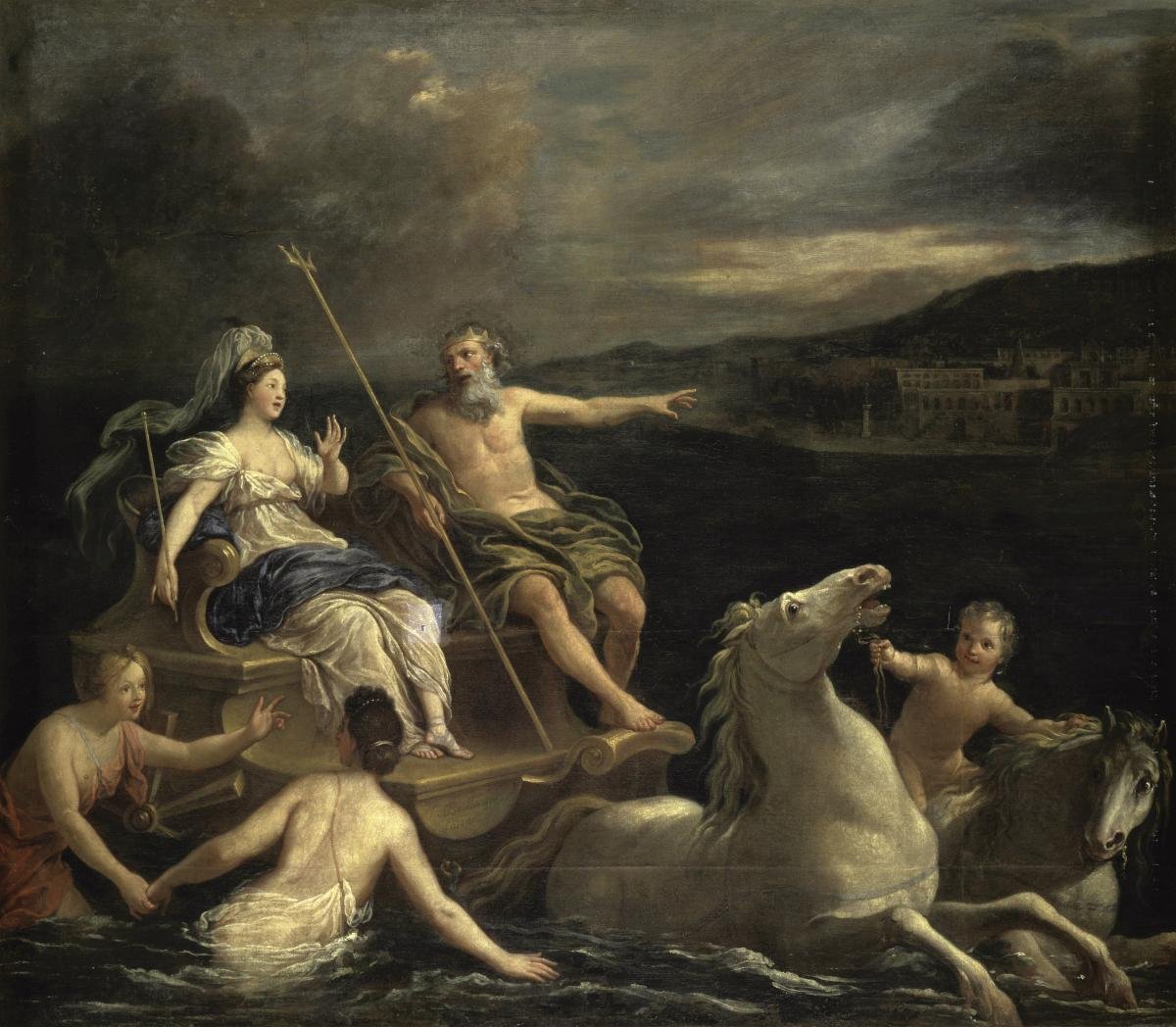
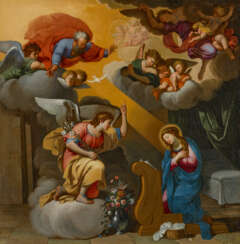

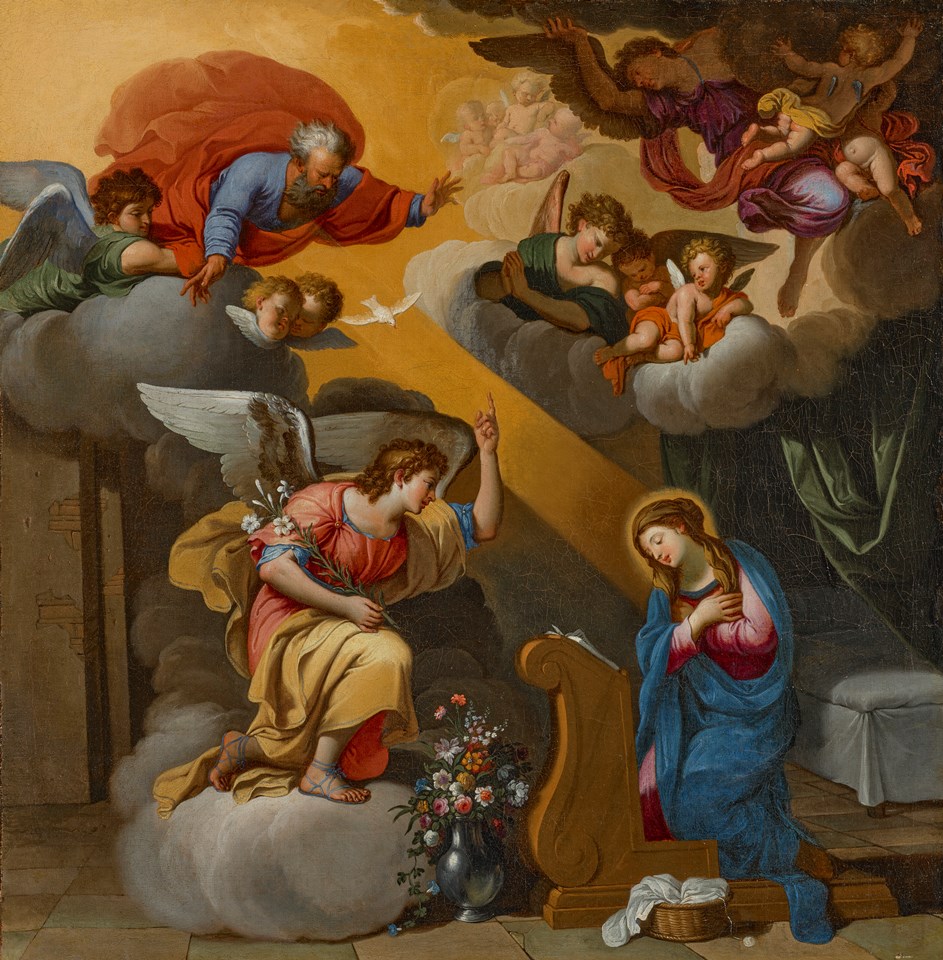
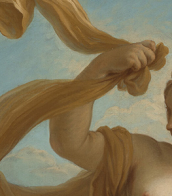
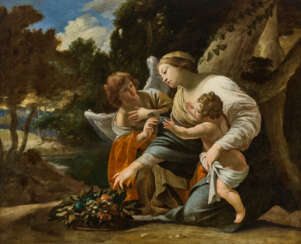

![VISSCHER, Nicolaes, II (1649-1702) [and Elizabeth VISSCHER (fl.1702-1726)]](/assets/image/picture_4084580/9963a/3crheit0onn8d00dvgq0ob8-udmpgqincbfiejjep8fv8qql0z2uup-dvdvgi00l1719907278jpg__fix_374_244.jpeg)
![VISSCHER, Nicolaes, II (1649-1702) [and Elizabeth VISSCHER (fl.1702-1726)]](https://veryimportantlot.com/assets/image/picture_4084580/9963a/3crheit0onn8d00dvgq0ob8-udmpgqincbfiejjep8fv8qql0z2uup-dvdvgi00l1719907278jpg__fix_374_244.jpeg)


